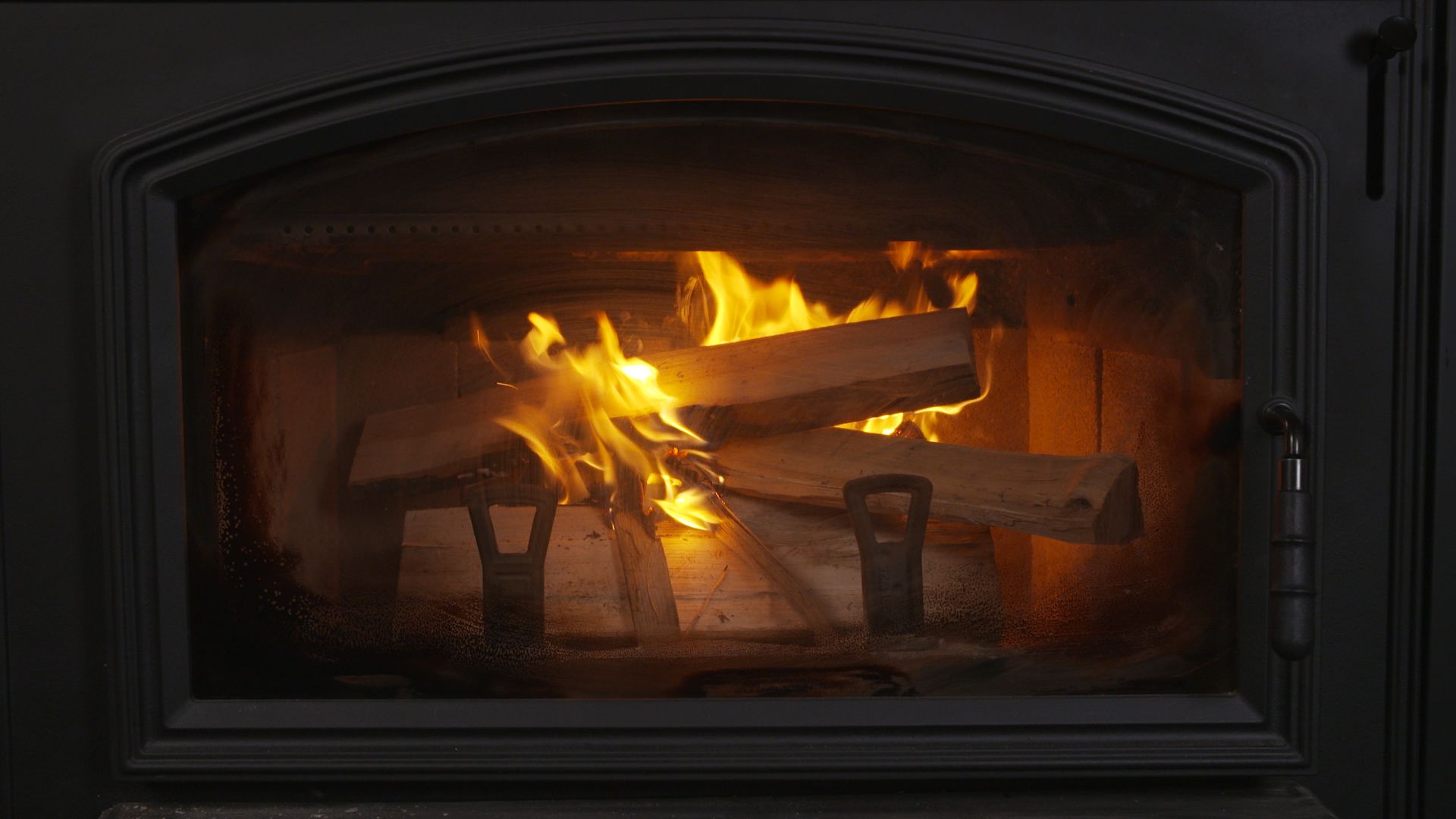

Articles
How To Properly Burn Wood In Your Fireplace
Modified: February 24, 2024
Learn the best techniques and tips for burning wood in your fireplace with our informative articles. Ensure a cozy and efficient fire every time.
(Many of the links in this article redirect to a specific reviewed product. Your purchase of these products through affiliate links helps to generate commission for Storables.com, at no extra cost. Learn more)
Introduction
Welcome to the world of cozy warmth and comforting ambiance that comes with burning wood in a fireplace. Whether you are a seasoned fireplace owner or a complete beginner, properly burning wood in your fireplace requires some knowledge and technique.
There’s nothing quite like the crackling sound of burning wood, the flickering flames dancing in the hearth, and the comforting scent that fills the room. But before you start enjoying the benefits of a roaring fire, it’s essential to familiarize yourself with the safety precautions, choose the right wood, and learn the steps involved in building and maintaining a fire.
Not only does burning wood in a fireplace provide heat during the colder months, but it also creates a cozy and inviting atmosphere, perfect for gathering with friends, family, or even enjoying some alone time.
In this article, we’ll guide you through the process of safely and efficiently burning wood in your fireplace, from choosing the right wood to troubleshooting common issues. So, grab a cup of hot cocoa, curl up in front of your hearth, and let’s dive into the wonderful world of wood-burning fireplaces.
Key Takeaways:
- Embrace the art of burning wood in your fireplace by prioritizing safety, choosing the right wood, and mastering the techniques for building and maintaining a cozy and efficient fire.
- Regular cleaning, maintenance, and troubleshooting are essential for enjoying the warmth and ambiance of a wood-burning fireplace while ensuring safety and optimal performance.
Read more: How To Build Wood Burning Fireplace
Safety Precautions
Before you start burning wood in your fireplace, it’s crucial to prioritize safety. Follow these essential safety precautions to ensure a hazard-free and enjoyable experience:
- Inspect and maintain your fireplace: Before the start of each burning season, have your fireplace and chimney inspected and cleaned by a professional chimney sweep. This will help remove any built-up creosote, which can increase the risk of chimney fires.
- Install and maintain smoke and carbon monoxide detectors: Working smoke and carbon monoxide detectors are essential for your safety. Install these detectors near your fireplace and regularly check and replace the batteries to ensure they are functioning correctly.
- Use a fireplace screen: Install a sturdy fireplace screen to prevent sparks and embers from escaping the fireplace and potentially igniting nearby objects. This will also provide an added layer of protection, especially if you have children or pets in the household.
- Keep flammable objects away: Ensure that flammable objects like furniture, curtains, and decorations are kept at a safe distance from the fireplace. It’s recommended to maintain a minimum clearance of at least three feet around the fireplace area.
- Never leave a fire unattended: It’s important to never leave a fire unattended, especially if there are children or pets in the vicinity. Always extinguish the fire completely before leaving the room or going to bed.
- Use proper tools and equipment: When tending to the fire, use fireplace tools like tongs, pokers, and shovels. These tools will help you handle burning logs safely and prevent accidents or burns.
- Dispose of ashes safely: Allow ashes to cool completely before removing them from the fireplace. Use a metal ash bucket with a tight-fitting lid to store the ashes and dispose of them in an appropriate outdoor location away from flammable materials.
- Practice proper ventilation: Ensure that the room where the fireplace is located has proper ventilation to allow the smoke and gases to escape. Open a window slightly to allow fresh air to circulate and reduce the risk of carbon monoxide buildup.
By following these safety precautions, you can enjoy the warmth and beauty of a wood-burning fire without compromising the safety of your home and loved ones.
Choosing the Right Wood
Choosing the right type of wood is crucial for optimal performance and safety when burning wood in your fireplace. Here are some factors to consider when selecting the right wood:
- Dryness: The moisture content of the wood is essential for efficient burning. It is recommended to use seasoned or dry wood, which has been dried for at least six months to a year. Dry wood burns cleaner, produces more heat, and creates less smoke and creosote buildup in the chimney.
- Hardwood vs. Softwood: Hardwoods like oak, maple, cherry, and birch are dense and burn longer and hotter. Softwoods like pine and fir burn faster but may produce more creosote and emit sparks. It’s best to use a mix of hardwood and softwood for a well-balanced fire.
- Size and Shape: Cut wood into logs that fit comfortably in your fireplace, leaving enough space for air to circulate. Logs should ideally be around 3 to 6 inches in diameter and about 16 to 20 inches in length. Split larger logs into smaller pieces for better burning efficiency.
- Proper Storage: Store your wood in a dry and well-ventilated area, such as a woodshed or garage. Elevate the wood off the ground with pallets or racks to prevent moisture absorption from the ground. Cover the top of the woodpile to protect it from rain or snow.
- Avoid Green Wood: Green or freshly cut wood contains a high moisture content and is not suitable for immediate burning. It requires a longer drying period before it can be used in the fireplace.
Remember, burning wood with high moisture content can lead to a smoky fire, inefficient burning, increased creosote buildup, and potential chimney hazards. By selecting the right wood and ensuring it is properly seasoned, you can enjoy a warm and efficient fire in your fireplace.
Preparing the Fireplace
Before starting a fire in your fireplace, it’s essential to prepare the fireplace properly. Here are the steps to follow:
- Clean the fireplace: Ensure that the fireplace and chimney are clean and free of debris, ashes, or any obstructions. Remove any leftover ashes from previous fires and sweep or vacuum the fireplace and hearth area.
- Inspect the damper: Check that the damper is fully open before starting a fire. This allows for proper airflow, which helps the fire burn efficiently and safely.
- Check for any blockages: Look for any blockages, such as bird nests or debris, in the chimney. If you notice any obstructions, it’s advisable to have a professional chimney sweep inspect and remove them before using the fireplace.
- Ensure proper airflow: Open a window slightly to provide adequate ventilation. This helps prevent the buildup of smoke and carbon monoxide inside the room.
- Place a protective layer: To protect the hearth from sparks and embers, place a non-combustible material like a fireplace grate or fire-resistant mat on the floor in front of the fireplace.
- Arrange kindling and newspaper: Lay a small bundle of twigs or kindling in a crisscross pattern on the grate or fire-resistant mat. Place a few sheets of crumpled newspaper underneath the kindling to aid in igniting the fire.
By properly preparing the fireplace, you can ensure a safe and efficient fire-burning experience. Taking these steps will help create a suitable environment for building and maintaining a fire in your fireplace.
Building the Fire
Building a proper fire in your fireplace is an art that requires careful arrangement of the wood and kindling. Follow these steps to build an efficient and long-lasting fire:
- Start with the right materials: Gather your seasoned firewood, kindling, and newspaper. Ensure that the wood is dry and properly sized for your fireplace.
- Create a base layer: Place a few sheets of crumpled newspaper or a small fire-starter in the center of the fireplace on top of the grate or fire-resistant mat. This will help ignite the fire.
- Arrange kindling: Position small sticks or twigs in a crisscross pattern on top of the newspaper or fire-starter. Leave enough space in between for air to circulate.
- Build the log cabin structure: On top of the kindling, stack two logs parallel to each other. Then, stack another two logs perpendicular to the first layer. Continue alternating the direction of the logs, building up in a log cabin pattern. Leave enough space for air to flow between the logs.
- Add more kindling: Place some additional kindling or small pieces of wood on top of the log cabin structure. This will help ignite the main logs more easily.
- Light the fire: Use a match or a fireplace lighter to ignite the newspaper or fire-starter at the base of the kindling. Start from multiple points to ensure an even and thorough ignition.
- Adjust the airflow: Keep the fireplace damper fully open to allow for proper airflow. You can also adjust the airflow by partially closing or opening the fireplace doors, if applicable.
Once the fire is lit, you should start to see flames and feel the warmth. As the fire grows, add larger logs to maintain a steady burn. Remember to always exercise caution and never leave the fire unattended.
Building a fire in your fireplace can be a skill that improves with practice. Experiment with different arrangements and learn what works best for your fireplace and wood. Enjoy the mesmerizing beauty and cozy warmth of a well-built fire in your home.
Make sure the wood is dry and seasoned before burning it in the fireplace. This will help it burn more efficiently and produce less smoke.
Read more: How To Prepare A Fireplace For Wood Burning
Stoking and Maintaining the Fire
Once your fire is burning, it’s important to know how to stoke and maintain it to ensure a long-lasting and cozy fire. Use the following tips to optimize your fire-burning experience:
- Add wood at the right time: As the flames start to die down and the logs turn into glowing embers, it’s time to add more wood to maintain the fire. Add logs one at a time, ensuring there is still enough space for air circulation.
- Keep the fire well-ventilated: Proper airflow is essential for an efficient and clean-burning fire. Avoid overloading the fireplace with too much wood, as this can restrict airflow. Adjust the damper and fireplace doors, if applicable, to control the airflow and maintain a steady burn.
- Avoid closing the damper too soon: Wait until the fire has completely died down and there are no more glowing embers before closing the damper. Closing the damper too early can cause smoke to back up into the room.
- Use fireplace tools for adjustments: Use fireplace tongs and pokers to reposition logs, remove ash buildup, and adjust airflow. This will help maintain an even burn and prevent hot spots or smoldering areas.
- Remove ash buildup: Regularly remove excess ash that accumulates in the fireplace. Leave about an inch of ash for insulation, but remove any excess ash to prevent it from impeding airflow.
- Monitor the fire: Keep an eye on the fire to ensure it’s burning safely and efficiently. Check for signs of excessive smoke, sparks, or any unusual smells. If you notice any issues, adjust the airflow or add more wood as necessary.
- Practice proper fire extinguishing: When you’re ready to put out the fire, use a fireplace shovel or tongs to spread out the logs and embers. Allow them to cool completely before disposing of them in a designated outdoor ash container.
By following these tips, you can stoke and maintain a comforting fire that provides warmth and ambiance for hours on end. Enjoy the soothing crackling sound and the mesmerizing dance of the flames as you relax in the cozy presence of your fireplace.
Cleaning and Maintenance
Regular cleaning and maintenance of your fireplace are essential to ensure its optimal performance and longevity. Here are some important steps to include in your fireplace cleaning and maintenance routine:
- Remove ashes: After each fire, allow the ashes to cool completely. Use a fireplace shovel or brush to carefully remove the ashes and dispose of them in a metal container with a tight-fitting lid. Keep the container outdoors away from combustible materials.
- Clean the fireplace: Periodically clean the fireplace and surrounding areas to remove any soot, debris, or buildup. Use a stiff-bristle brush or vacuum to clean the interior walls, hearth, and any visible crevices. Take care not to damage the brick or masonry surfaces.
- Clean the chimney: It’s advisable to have your chimney professionally cleaned at least once a year to remove creosote buildup and prevent chimney fires. A professional chimney sweep will also inspect the chimney for any structural damage or blockages that need attention.
- Inspect for cracks or damage: Regularly inspect the fireplace and chimney for any signs of cracks, loose bricks, or damaged mortar. This can impact the safety and efficiency of your fireplace. If you notice any issues, consult a professional for repairs or maintenance.
- Replace worn-out components: Check the condition of the fireplace grate, fireplace doors, and any other accessories. If any components are damaged or showing signs of wear, replace them promptly to ensure safe and efficient operation.
- Test smoke and carbon monoxide detectors: Regularly test and replace the batteries in your smoke and carbon monoxide detectors. These detectors are crucial for alerting you to any potential dangers and should be in good working condition at all times.
- Maintain proper ventilation: Ensure that the airflow in the room where the fireplace is located is adequate. Monitor the room for any signs of excessive smoke or carbon monoxide. Open a window slightly to improve ventilation if needed.
By incorporating these cleaning and maintenance practices into your routine, you can keep your fireplace in optimal condition, promote safe operation, and prolong its lifespan. Remember to always prioritize safety when it comes to enjoying the warmth and beauty of your fireplace.
Troubleshooting Common Issues
While a well-maintained fireplace can provide many hours of enjoyment, it’s not uncommon to encounter a few challenges along the way. Here are some common issues that you may encounter when burning wood in your fireplace and some troubleshooting tips:
- Smoky fireplace: If your fireplace is emitting excessive smoke into the room, it could be due to a few factors. Ensure that the damper is fully open to allow for proper airflow. Avoid using wood that is too green or moist, as it can produce more smoke. Have your chimney inspected for blockages or creosote buildup that may be affecting the ventilation.
- Difficulty starting a fire: If you’re having trouble getting a fire started, it could be due to damp wood or an insufficient draft. Ensure that you’re using properly seasoned firewood with low moisture content. Use smaller pieces of kindling to get the fire started, and make sure there is enough airflow to support combustion.
- Uneven or slow-burning fire: If your fire is burning slowly or unevenly, it may be due to poor airflow or improper log placement. Check that the damper is fully open and adjust the airflow as necessary. Arrange the logs in a way that allows for proper air circulation, and consider using smaller pieces of kindling or fire-starters to maintain a consistent burn.
- Excessive creosote buildup: Creosote is a sticky substance that can accumulate in the chimney and pose a fire hazard. To minimize creosote buildup, burn dry and properly seasoned wood, avoid smoldering fires, and have your chimney professionally cleaned on a regular basis.
- Unwanted odors: If you notice unpleasant odors coming from your fireplace, it could be due to creosote buildup or the presence of animals or debris in the chimney. Have your chimney inspected and cleaned by a professional to address any potential sources of odor.
- Fireplace doors overheating: If the glass doors of your fireplace become too hot, it could indicate poor airflow or an improperly sized fireplace. Ensure that the fireplace is properly ventilated and that the doors are correctly sized and installed. Adjust the airflow and consult a professional if the issue persists.
- Excessive sparking: While some sparking is normal in a wood-burning fire, excessive sparking can be a safety concern. It may be caused by using green or unseasoned wood. Switch to properly seasoned firewood and ensure that the fire is not overloaded with too much wood.
If you encounter persistent issues or are unsure about how to address a particular problem with your fireplace, it’s always best to consult a professional chimney sweep or fireplace technician. They can provide expert advice and guidance to ensure the safe and efficient operation of your fireplace.
Conclusion
Burning wood in a fireplace provides a source of warmth, comfort, and a cozy atmosphere in your home. By following the right techniques, safety precautions, and maintenance practices, you can enjoy the benefits of a well-functioning and efficient wood-burning fireplace.
Remember to prioritize safety by inspecting and maintaining your fireplace regularly, installing smoke and carbon monoxide detectors, and practicing proper ventilation. Always choose dry and properly seasoned wood, and take care when building and maintaining your fire to ensure optimal performance.
Incorporate regular cleaning and maintenance into your fireplace routine to prevent issues such as excessive creosote buildup and blockages in the chimney. Troubleshoot common issues like smoky fires, difficulty starting a fire, and uneven burning by adjusting airflow and using properly sized logs.
By embracing the art of burning wood in your fireplace, you can create a warm and inviting space where cherished memories are made. So gather your loved ones, grab a blanket, and bask in the glow of your beautifully burning fire.
Remember, if you ever have concerns or are unsure about any aspect of your fireplace, don’t hesitate to consult a professional to ensure the safety and longevity of your fireplace. Stay warm, stay safe!
Frequently Asked Questions about How To Properly Burn Wood In Your Fireplace
Was this page helpful?
At Storables.com, we guarantee accurate and reliable information. Our content, validated by Expert Board Contributors, is crafted following stringent Editorial Policies. We're committed to providing you with well-researched, expert-backed insights for all your informational needs.
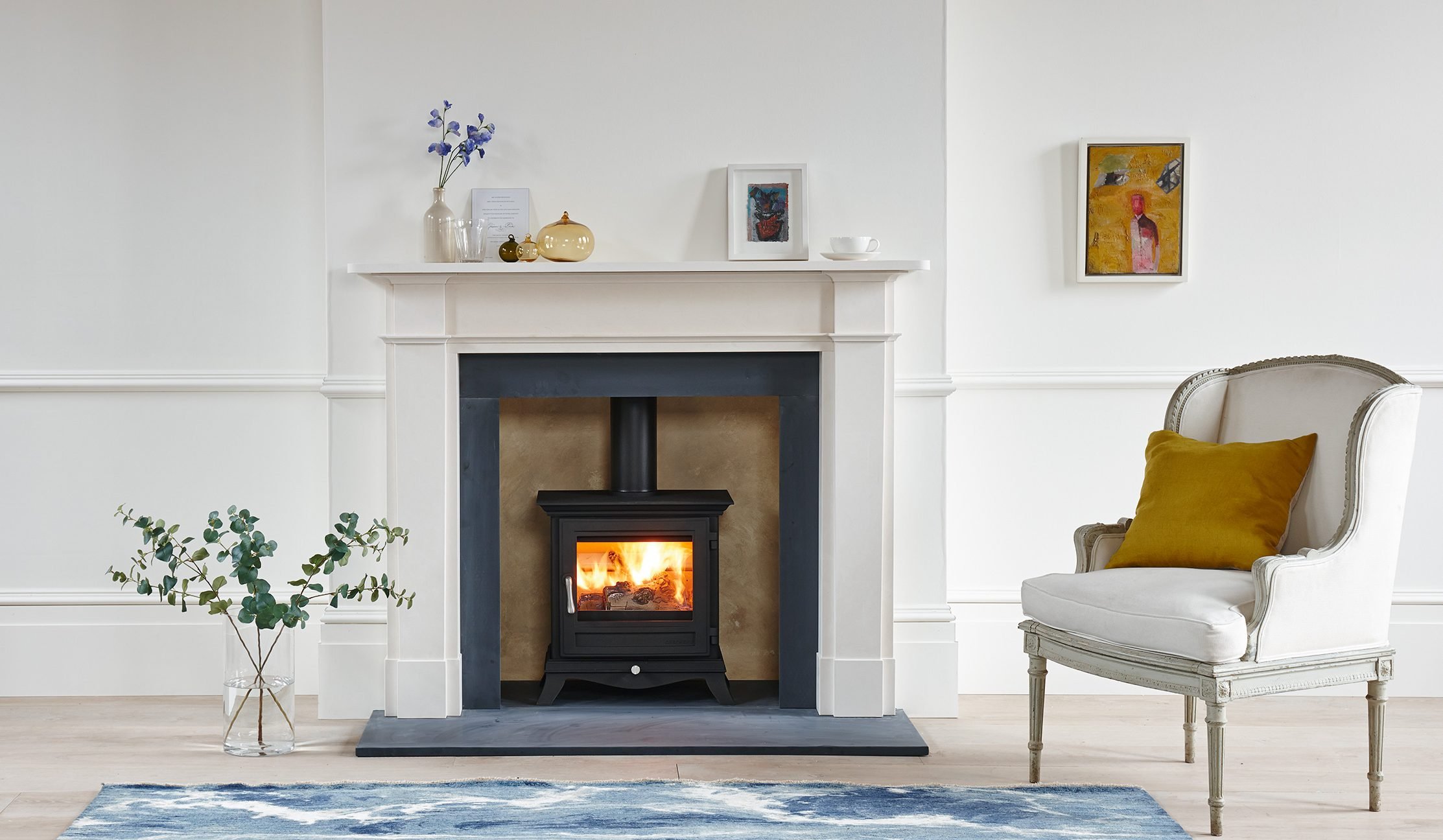
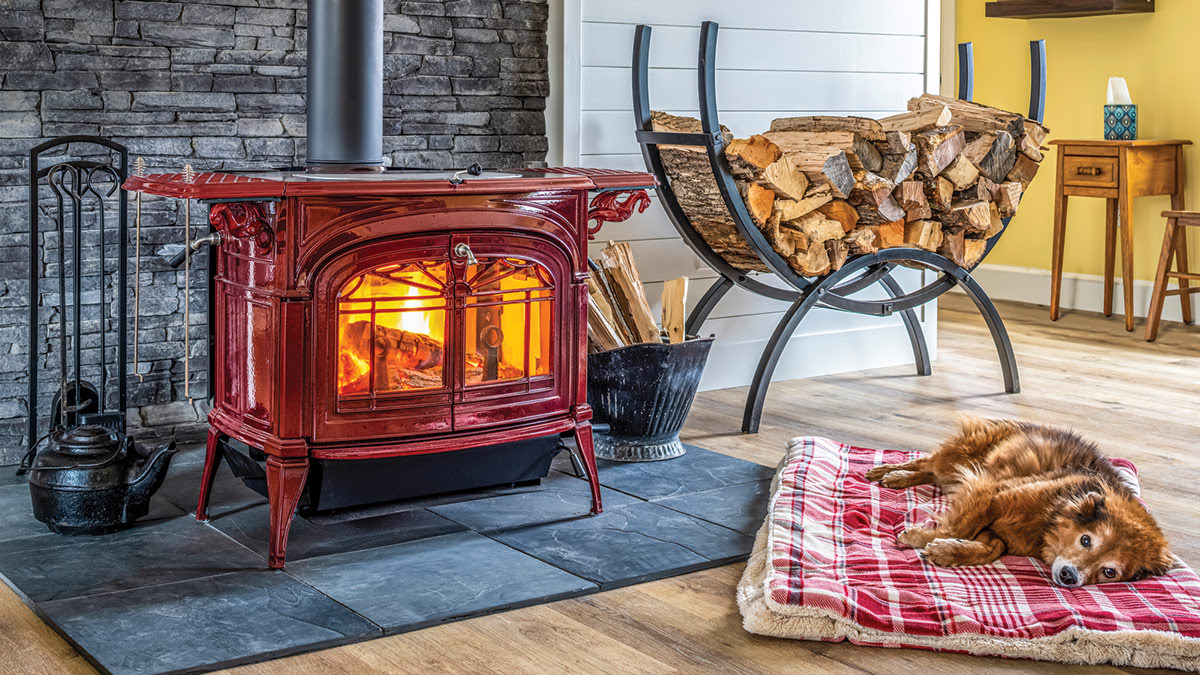
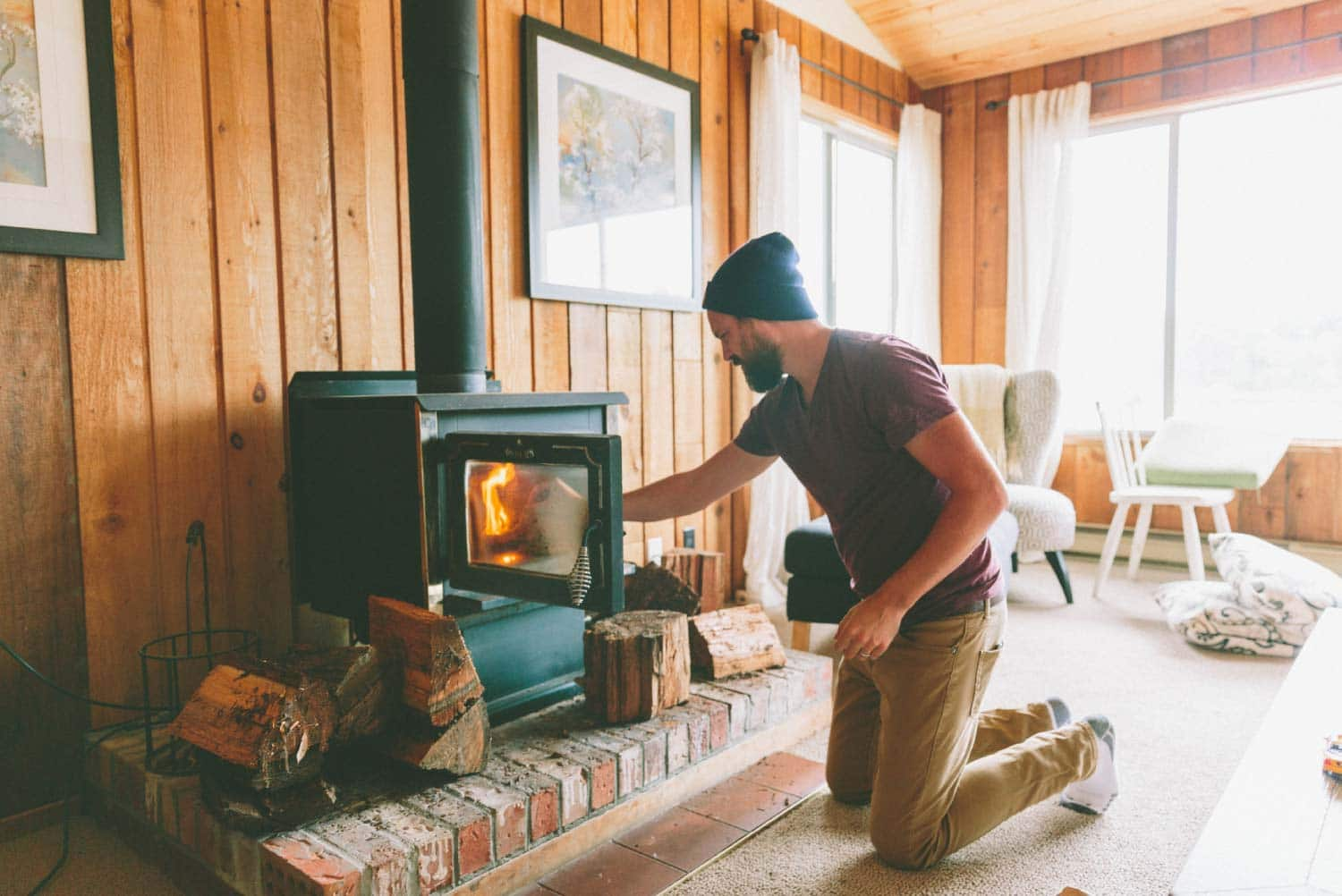
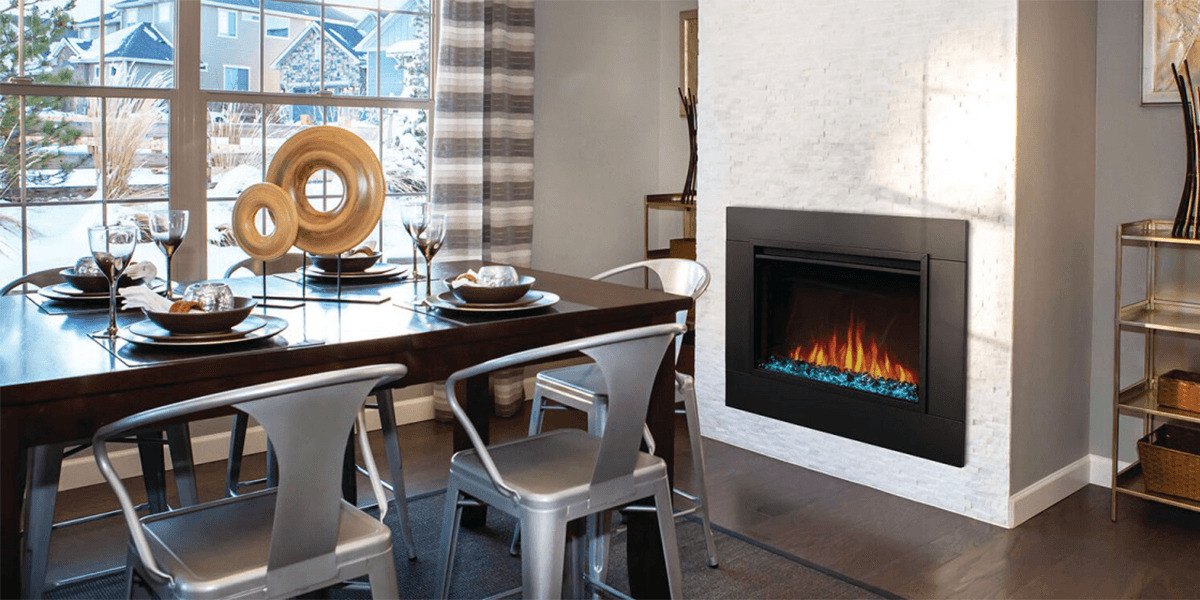
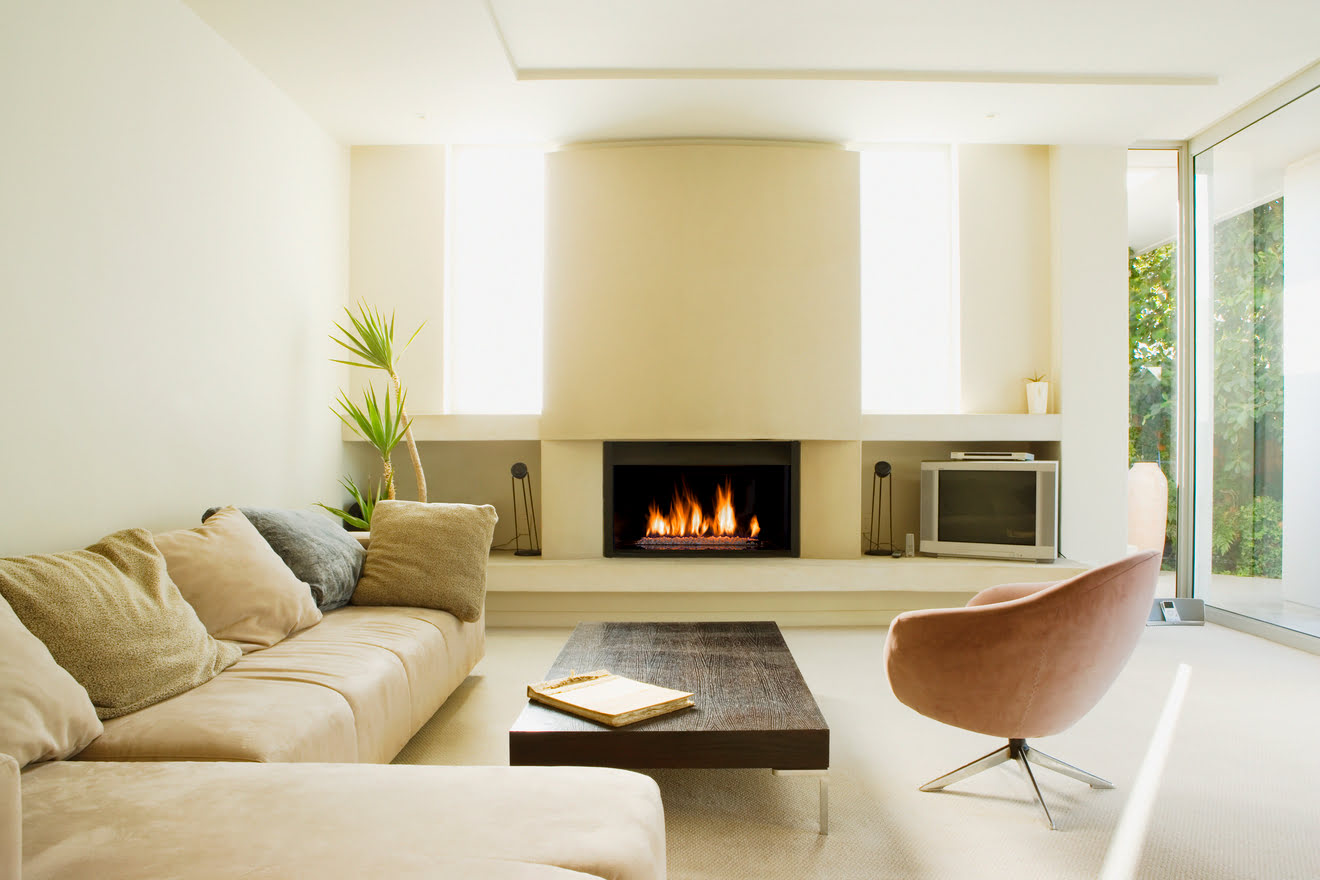
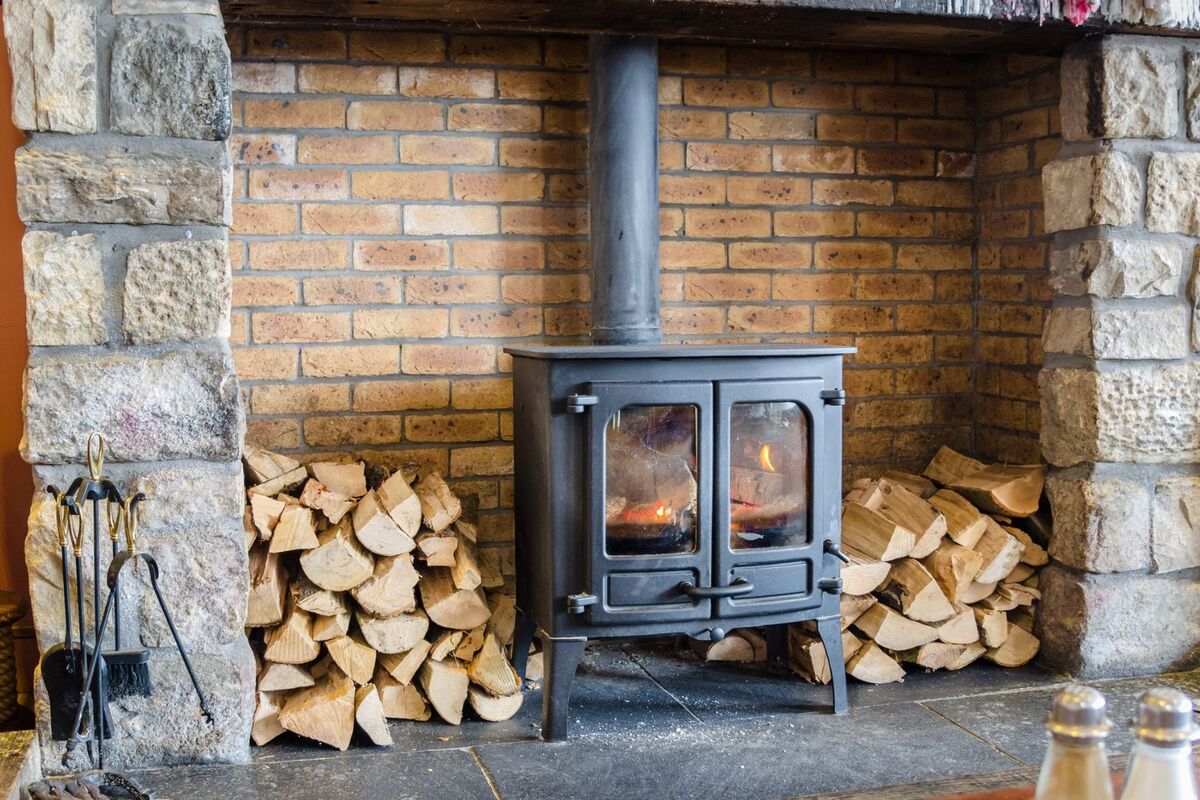
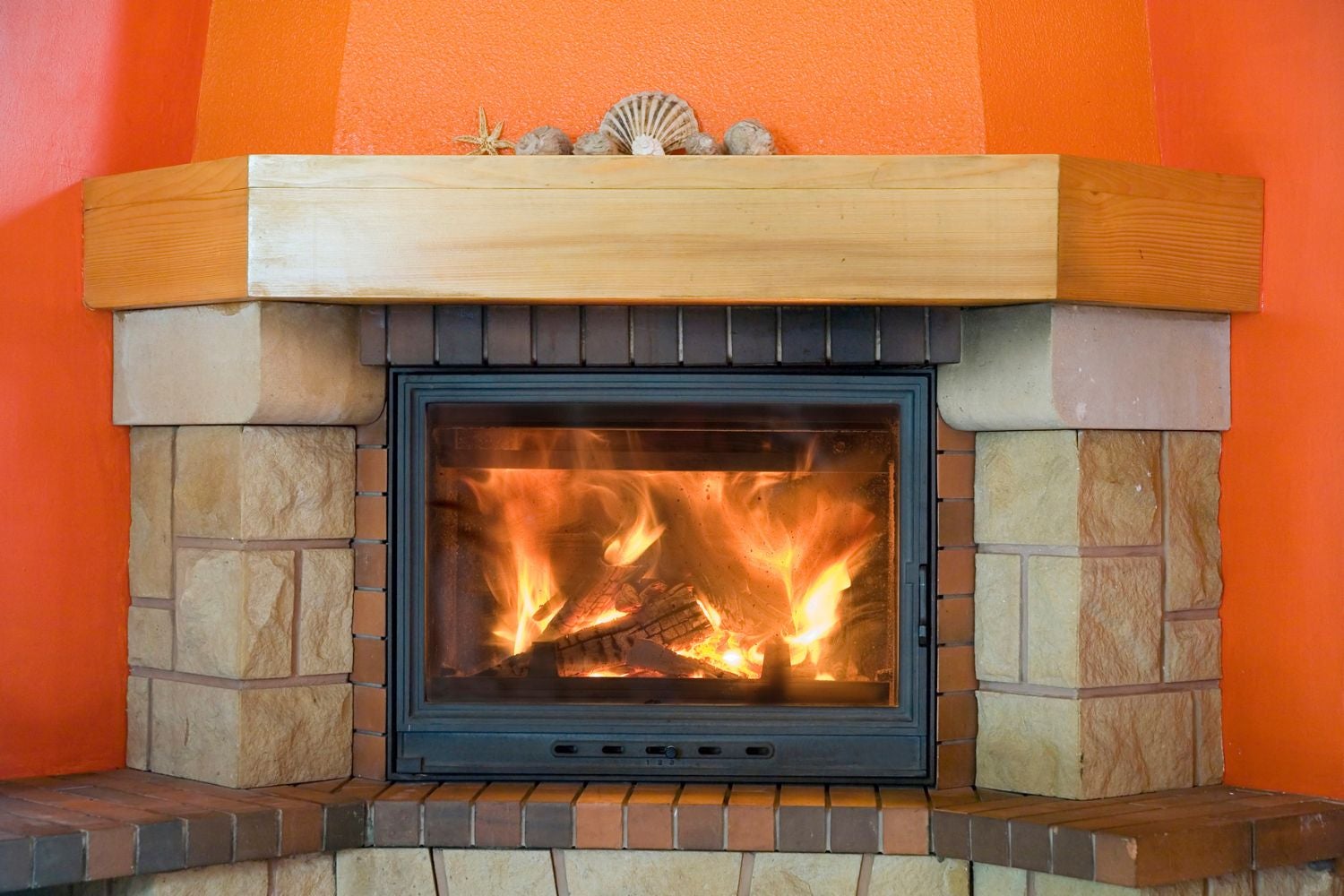
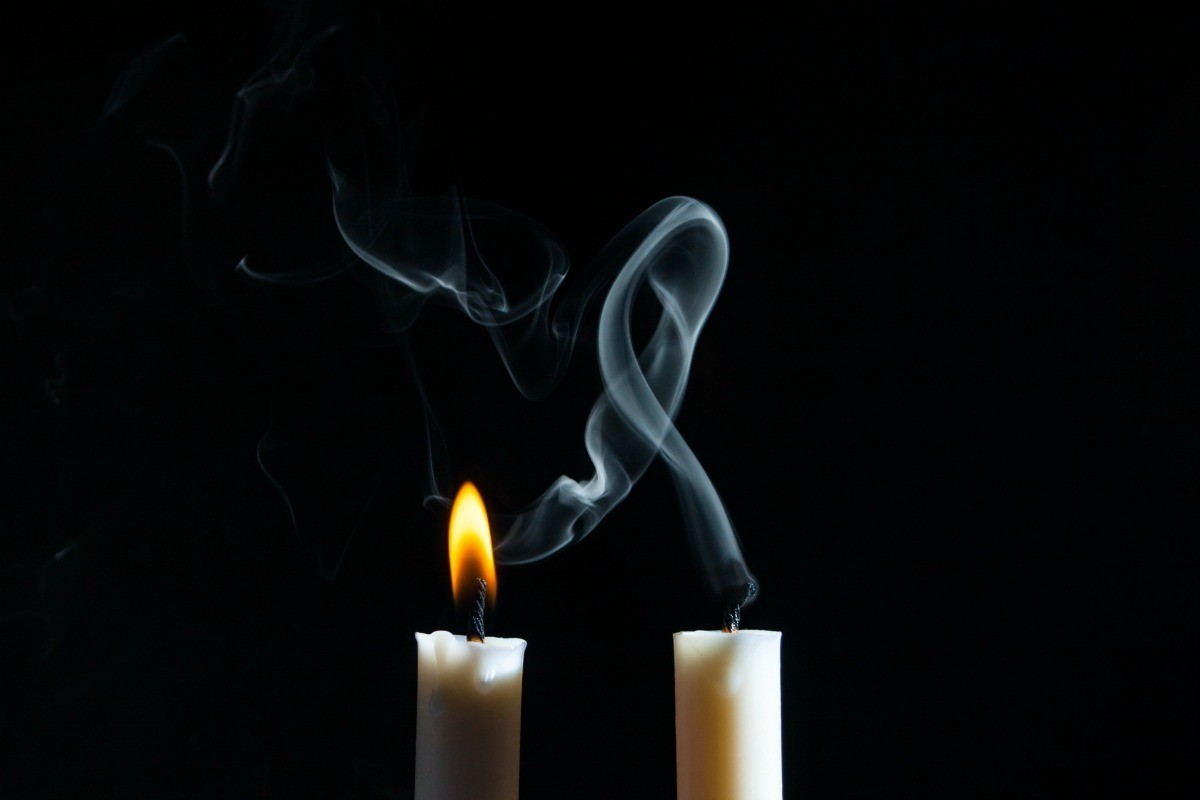
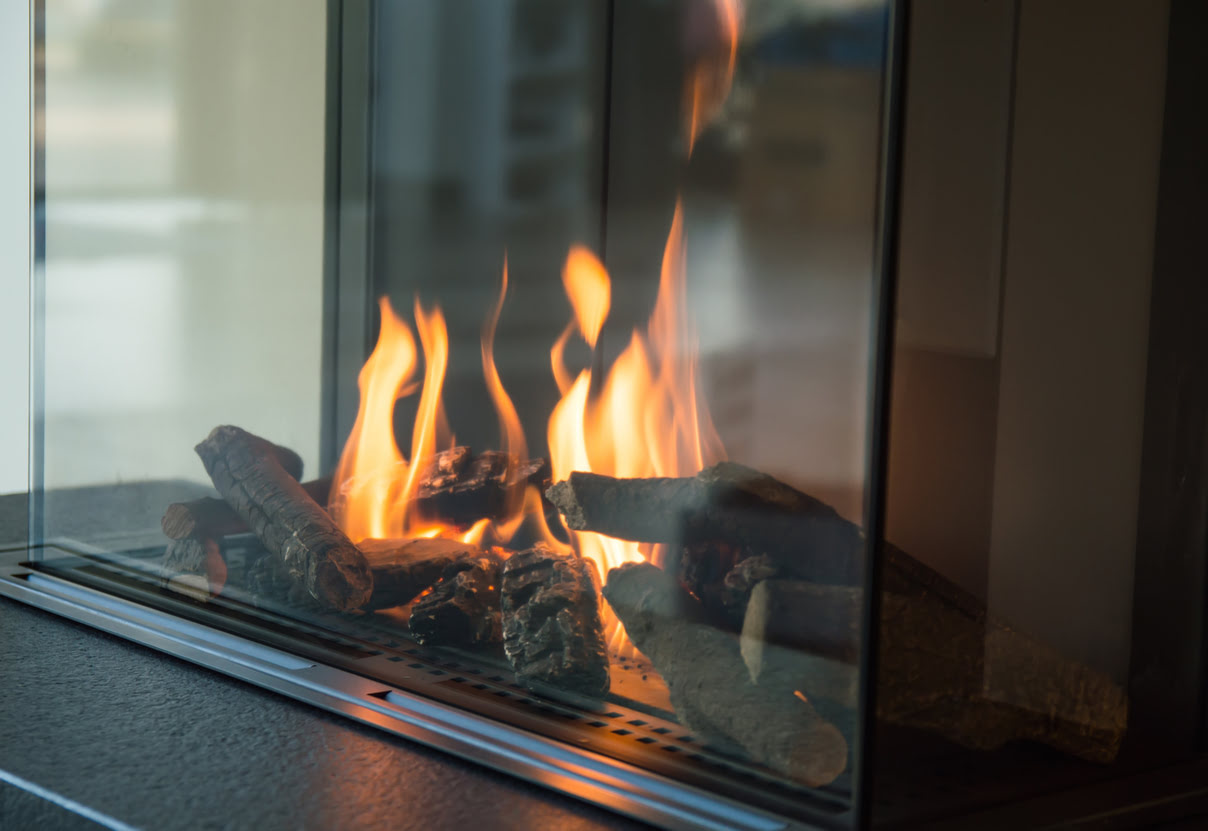
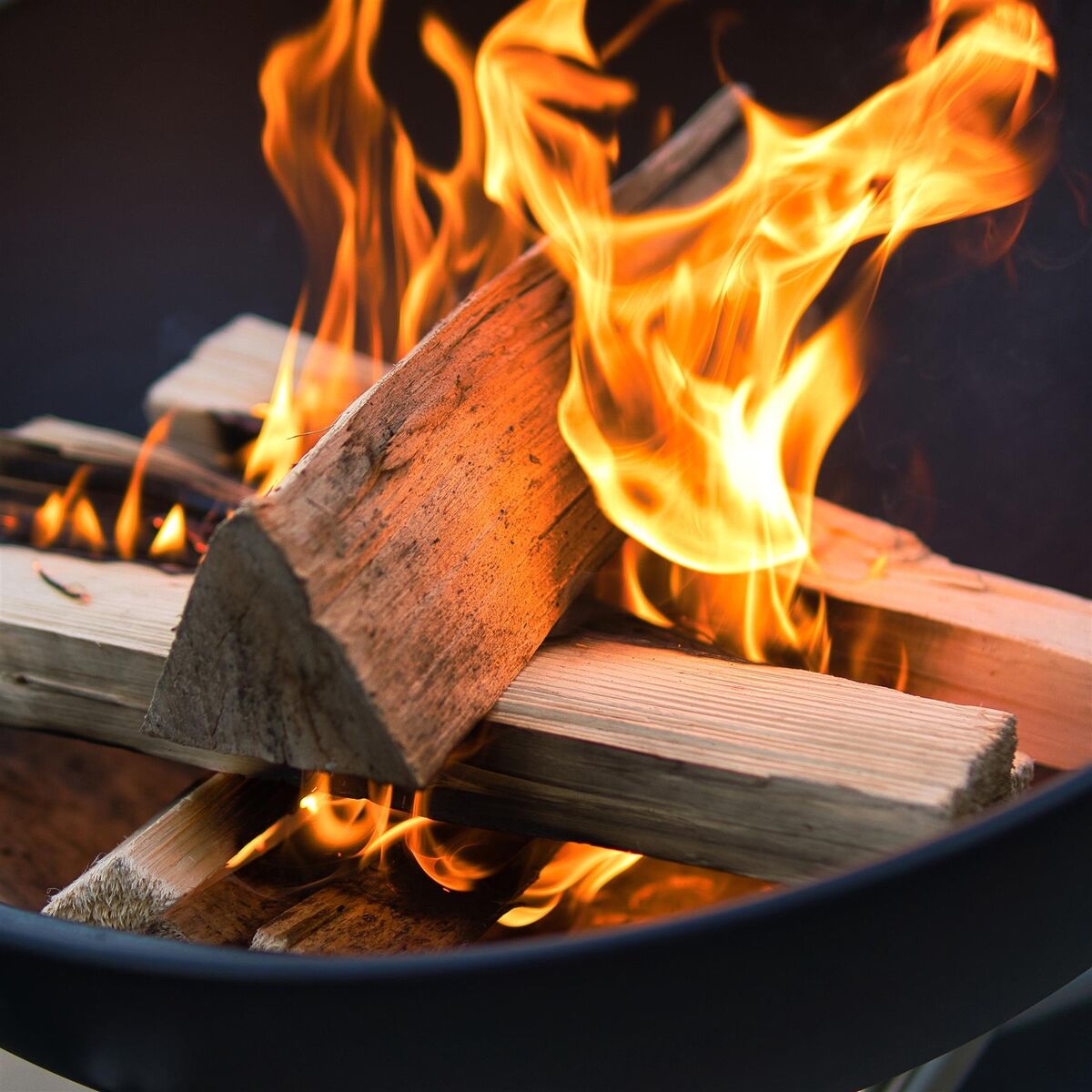
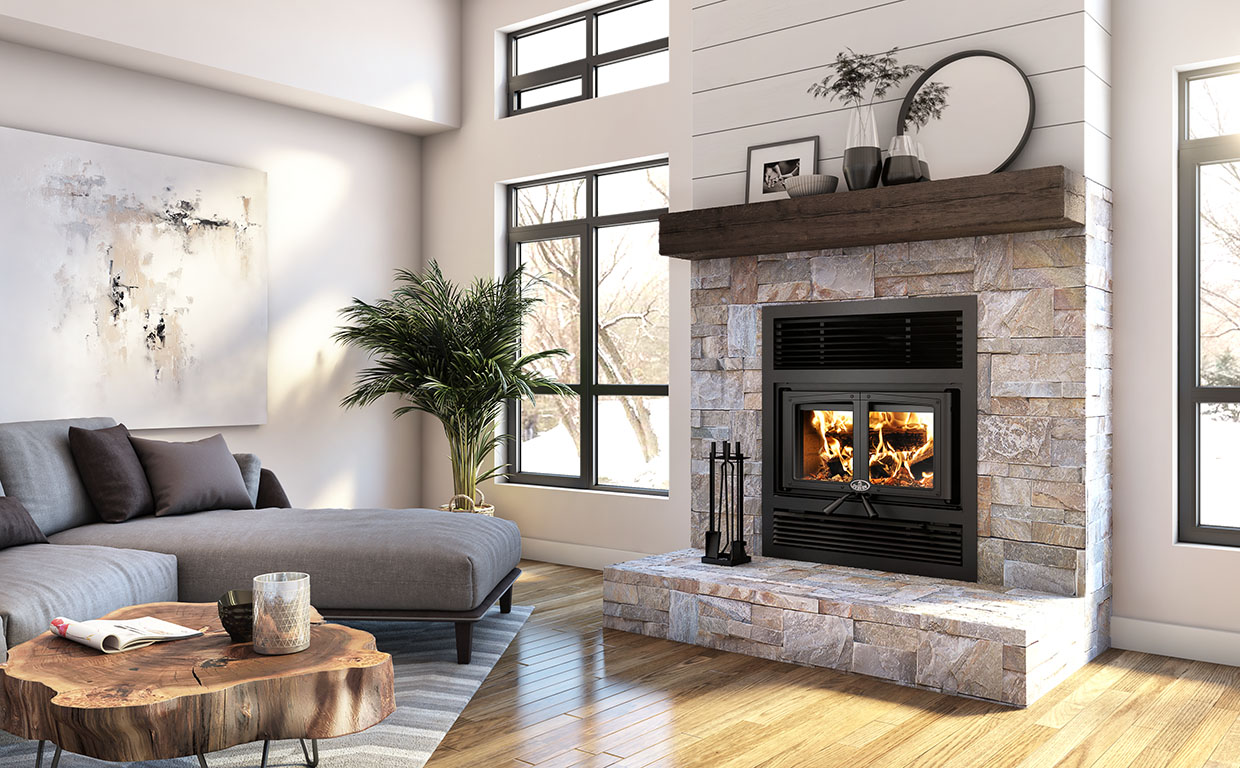
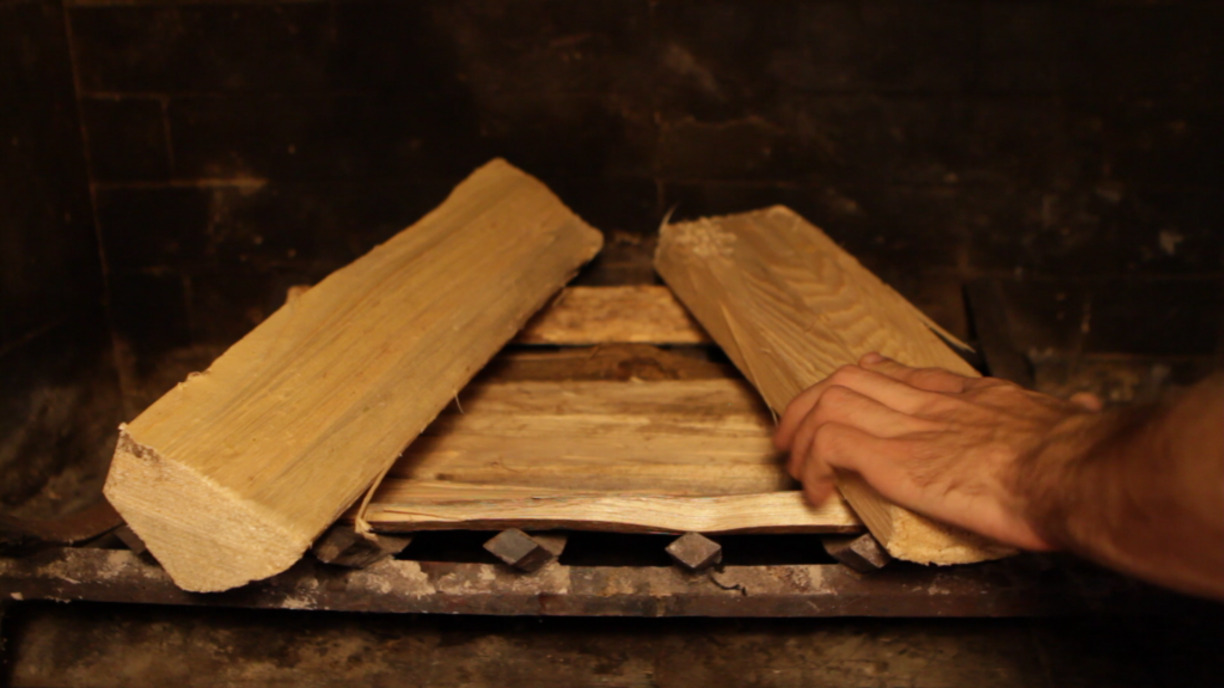
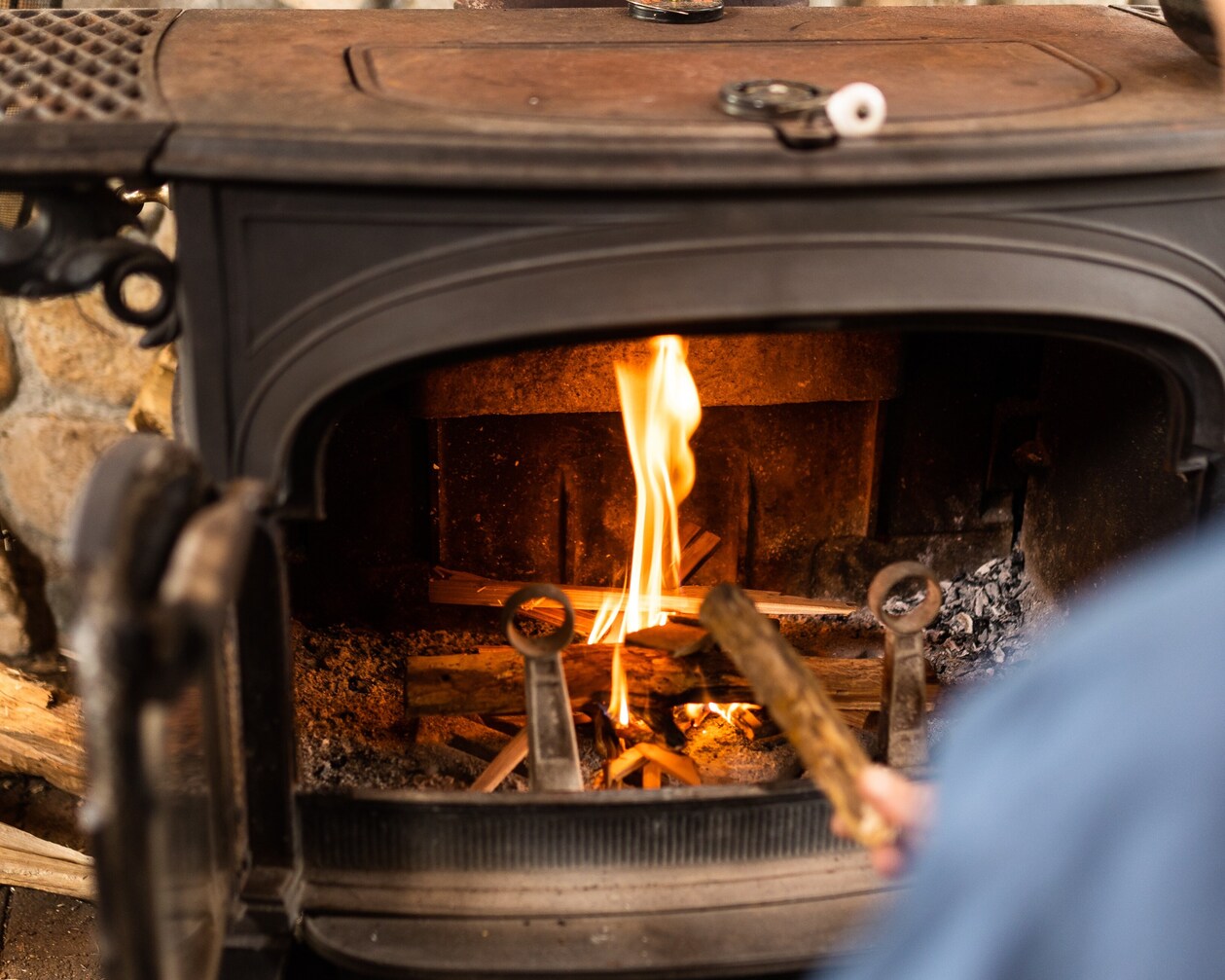
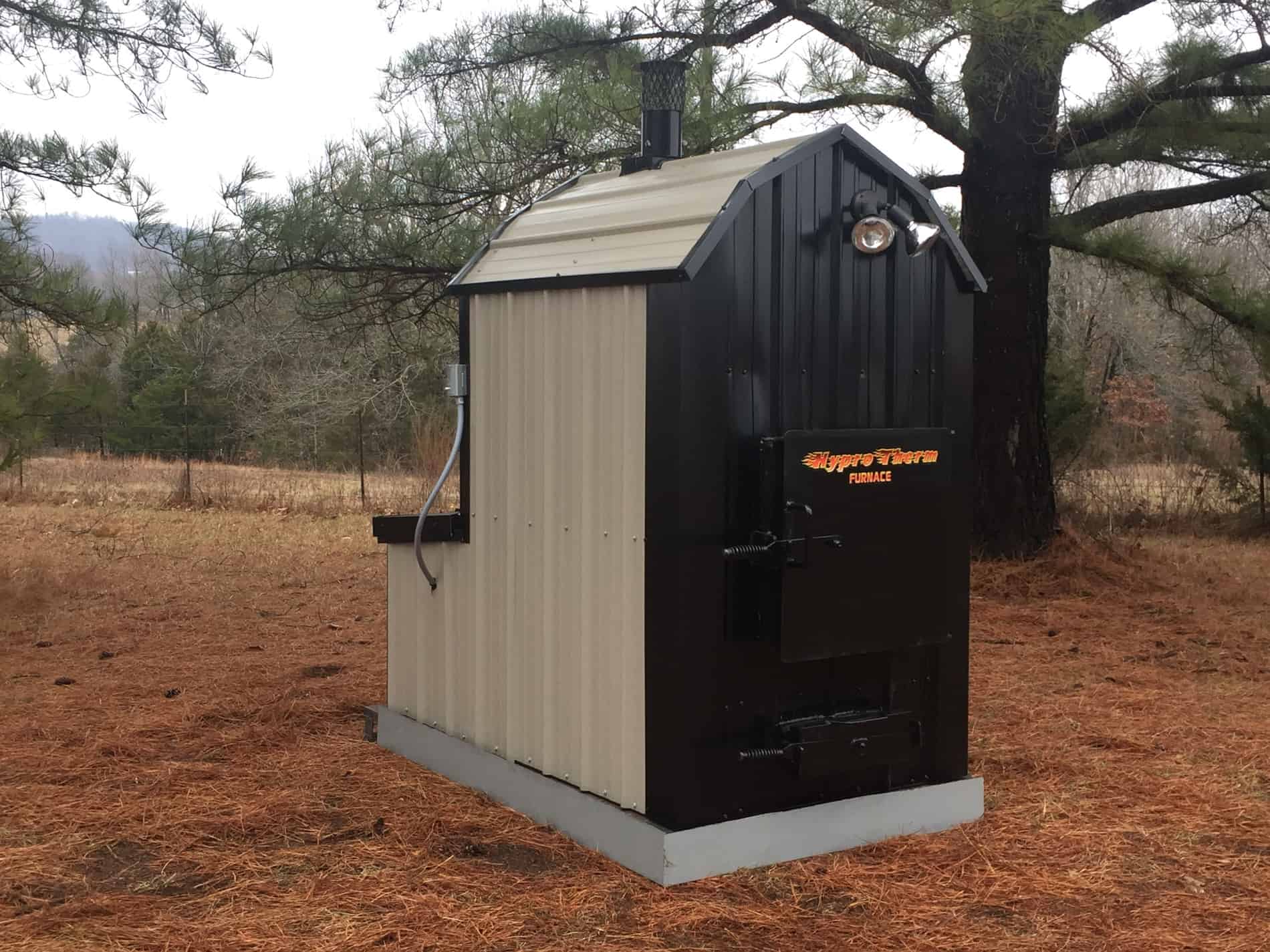

0 thoughts on “How To Properly Burn Wood In Your Fireplace”